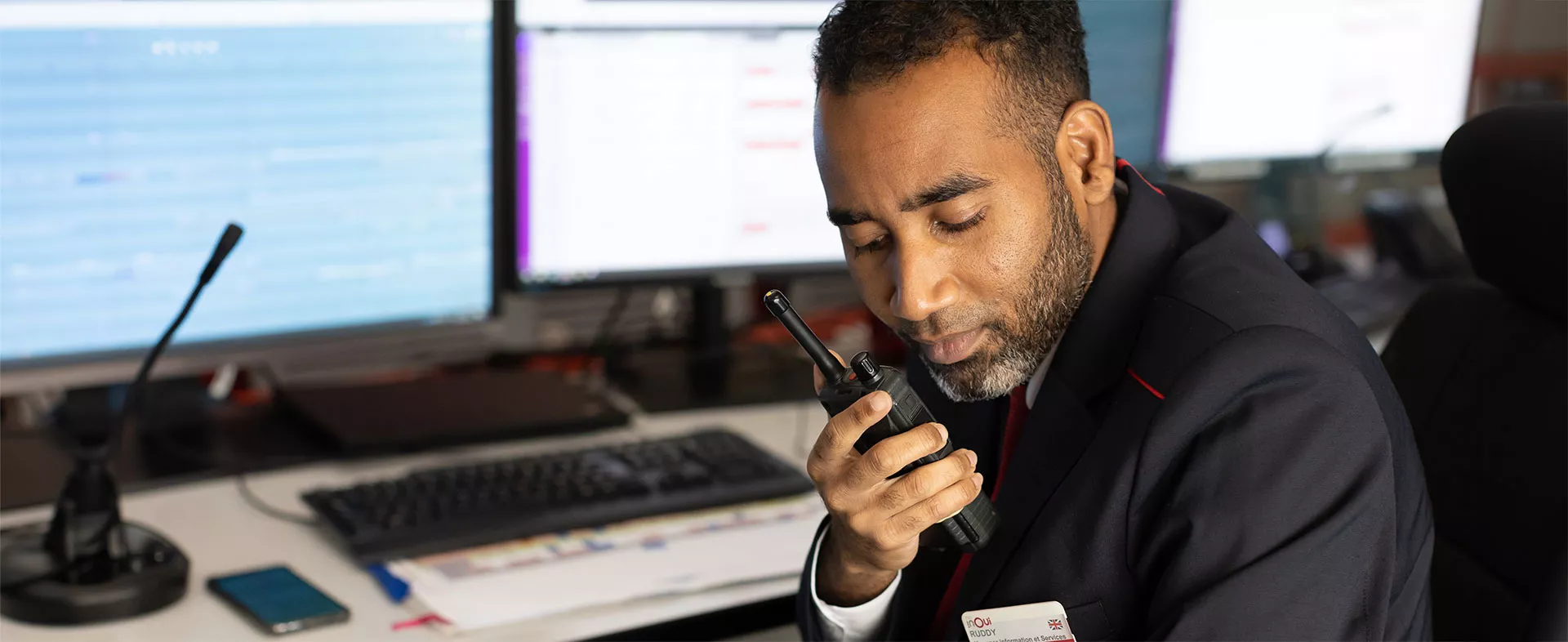
How we ‘reuse’ trainsets
Trains make multiple journeys each day. A delay on one journey can cause issues for the next. Learn about how we manage those issues.
How we ‘reuse’ trainsets
Same trainset, different journeys
Each of our trainsets is used multiple times a day: We call this ‘reusing’ trainsets.?A great deal of work goes into scheduling journeys several months in advance. We carefully plan departure times, cleaning schedules, and food and beverage load-in. And we strive for smooth transitions from one journey to the next with no delays, ever. Every day, in every station—if one train’s journey is delayed, it can have knock-on effects for the following journey, which must also be pushed back.
Journeys in France and abroad
Our classic TGV trainsets can be used nationwide. But journeys that begin in France and end abroad require specially designed trainsets to run on international networks. For example, the Italian rail network uses a different form of electric power.
How we prevent delays
Service Operations Centres (COS)
Whenever a train is delayed, the SNCF employees in the operations centre start looking for ways to make sure the following train departs on time. That may mean finding an available trainset with enough capacity to carry all scheduled passengers without disrupting existing traffic. A train sitting idle in the station may be one solution, assuming it can hold the right number of passengers and the journey does not take it beyond the mandatory comprehensive assessment mark of 7,500 km.
Onboard staff shift changes
Our onboard staff members also make several journeys a day. If an employee who is supposed to be at the departure station is on a train that’s been delayed, this can delay the departing train. Here again, SNCF is doing all it can to prevent or limit the impact on your journey.
Share the article